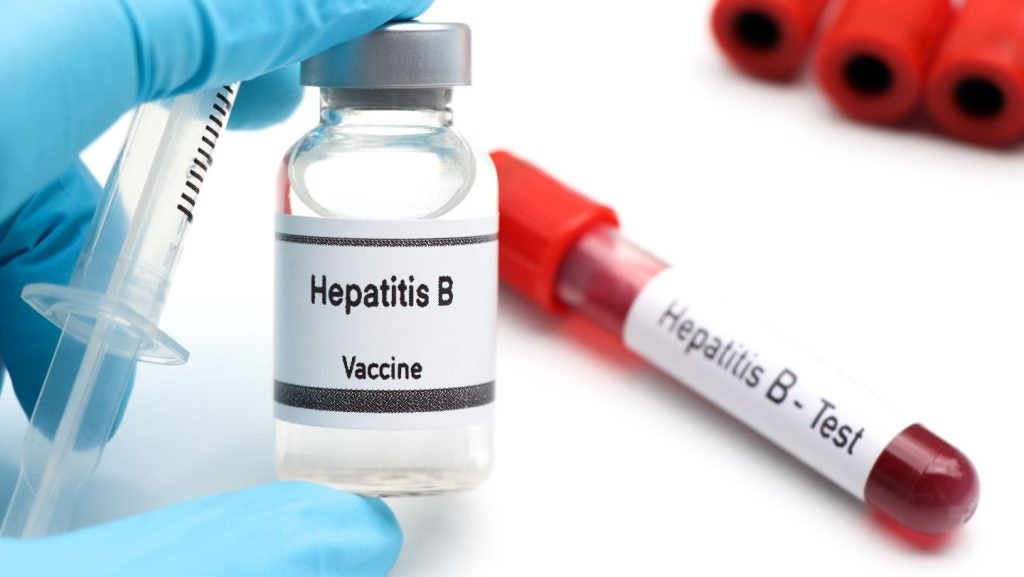Against the backdrop of the Covid-19 pandemic, clinical trials in 2022 will likely further embrace the mechanisms it had to speedily adopt in the past 22 months.
Specifically, decentralised clinical trials will continue to be a hot topic, and trial sponsors will consider unconventional trial designs to ensure studies succeed in an unpredictable healthcare landscape. Certainly, the quick turnaround in getting Covid-19 therapeutics and vaccines from laboratory to market will further inspire sponsors to get their respective assets through trial development at warp speed pace.
Forecasting clinical trials in 2022
An exclusive Clinical Trials Arena investigation shows the frequency of decentralised clinical trials will reach new heights in 2022, with a likely 28% jump from last year. This analysis by Andrew Hillman and Kezia Parkins looks at the specific decentralised elements that will gain significant momentum this year. On that note, Darcy Jimenez looks at some tech innovations set to impact drug discovery and development in 2022.
In another exclusive data-led investigation, Andrew and Reynald Castañeda investigate which diseases are set to have an increase in clinical trial activity this year. In a separate article, Manasi Vaidya discovers that, fuelled by the successful use of mRNA vaccines in Covid-19, RNA therapeutics are expected to make larger strides in 2022.
Based on available data, there are emerging trends as to what the clinical trials operations industry is investing in this year, according to a report by Patrick Scott. With many clinical trial sites based in hospitals, Azadeh Laffafian, in a comment piece, looked into which countries are likely to have the most hospital project completions in 2022. As for the environmental, social and governance (ESG) framework, Jennifer Smith-Parker reports that sponsors see artificial intelligence as its main investment target, with 3D printing being an untapped area.
How well do you really know your competitors?
Access the most comprehensive Company Profiles on the market, powered by GlobalData. Save hours of research. Gain competitive edge.

Thank you!
Your download email will arrive shortly
Not ready to buy yet? Download a free sample
We are confident about the unique quality of our Company Profiles. However, we want you to make the most beneficial decision for your business, so we offer a free sample that you can download by submitting the below form
By GlobalDataOpportunities raised by the pandemic
The Covid-19 pandemic has further revealed parts of the healthcare system that need improvement. As an example, Darcy and Andrew crunched the numbers to find out what drugs are in short supply in the US, based on FDA data.
Unconventional trial designs have been increasingly considered over the past several years to enhance efficiencies in clinical trial operations. In a series of investigations, William Newton discovers that there could be an opportunity for platform trials to gain momentum in rare dystrophies or gene therapies. While data shows that basket trials have more traction than umbrella trials, both are still a drop in the bucket in the cumulative rare disease studies.
The Covid-19 pandemic has further emphasised the need for better representation in clinical trials. In fact, this was a hot topic at last month’s Annual Meeting of the American Society of Hematology (ASH). Hematological cancer investigators told Adam Zamecnik the ways in which the industry could be more inclusive, with their comments applicable to a wider range of indications.
Pharma: the big picture
Elsewhere in pharma, Darcy looked into which products fall in the grey area between drugs and devices, and what financial and regulatory consequences are there for companies that wrongly classify their assets. Meanwhile, Fiona Barry and Manasi find that a recent international agreement to harmonise tax rates evoked mixed views on its real-world impact for pharma companies headquartered in jurisdictions long considered tax havens.
Looking at the bigger picture, Andrew reports that middle-income countries’ healthcare sectors are expected to outgrow those in high-income countries up until 2024. And with the more transmissible Omicron increasingly becoming the most prominent SARS-CoV-2 variant, Azadeh questions in a comment piece if this will extinguish the spark of recovery seen in the hospital sector that was detected last year. Also, she asks: how real is this 2021 recovery and will this momentum continue in 2022?
In our disease-specific coverage, Kezia investigates the future of hypogonadism treatments. Also, Darcy reports on the threat of antibiotic resistance and its impact in treating chronic urinary tract infections.







